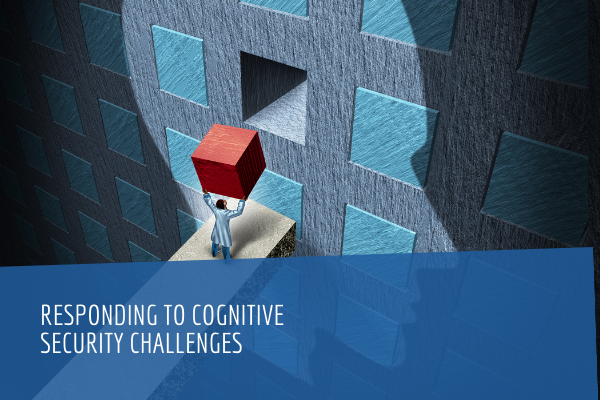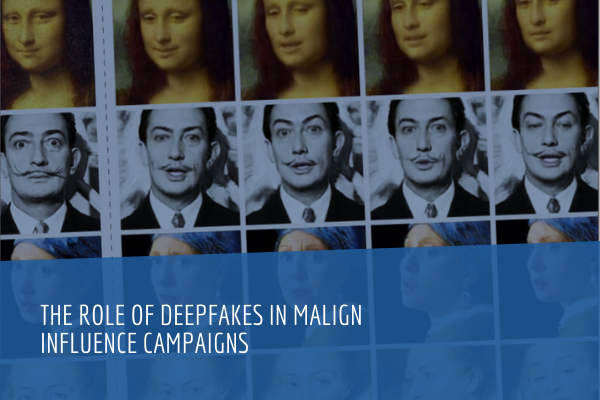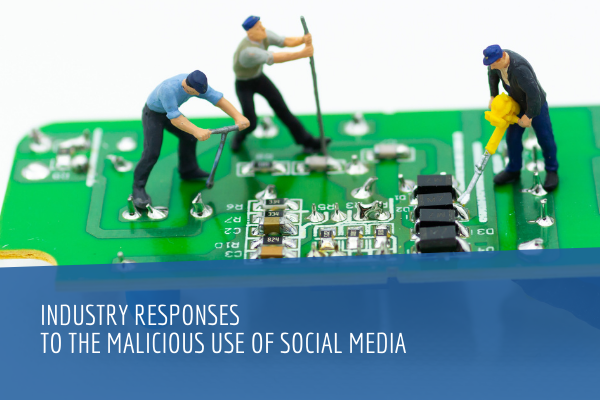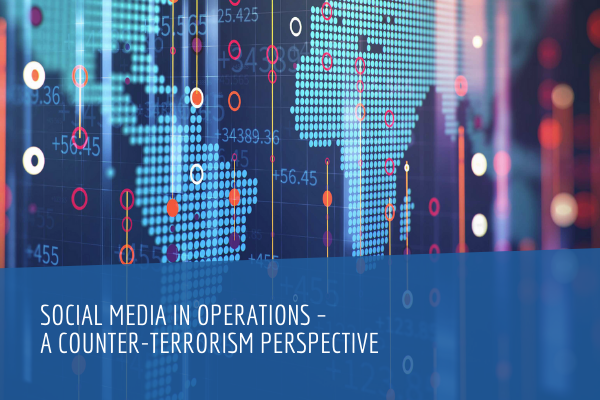About this research
This research product is a collection of different efforts, united by a common goal: to identify some of the most critical security challenges in online environment and what can be done to counter them, and to determine the role of governments and state institutions in countering them. People spend increasing amounts of time online, either communicating, networking, entertaining themselves, or obtaining news. On the one hand, this narrows the number of places analysts must look at when assessing the information environment, on the other, we have yet to fully tap into the analysis potential for this enormous space and leverage it to increase the effectiveness of our communications.
Last year we focused on a single topic, i.e. disinformation. The result was a monograph titled Digital Hydra: Security Implications of False Information Online. While disinformation is still a major threat that haunts the information environment, it is by no means the only one. As a broader overview can be extremely beneficial, this volume will consider a number of different issues.
Our exploration begins with an examination of the risks posed by the vast amount of personal information we routinely disseminate online. A number of highly publicised cases during the last year have shown how an actor can collect and use this information in a malicious way to the detriment of users, the armed forces, and societies in general. We explore these risks by studying the foundations of the problem, and by conducting an experiment where we demonstrate how data can be collected and exploited within the context of a military exercise.
The second chapter considers the growing relevance of visual material. Social media analysis is still predominantly text-based, despite the importance and frequency of visual material online. This chapter looks at the tools that are currently available to researchers, and elaborates on a specific case study: visual narratives regarding NATO.
Another chapter is dedicated to the effects of the official ban on the social networking website Vkontakte (VK) in Ukraine. A team of local researchers analysed the issue and discovered that the platform lost audience and popularity as a result of the ban; however, those who stayed active became more connected and started to consume more information from ideological groups. Because of the decrease in users, those who continued to use VK after the ban lost the opportunity to confront themselves with different points of view, therefore political discourse is currently more homogeneous than it used to be.
The following chapter uses quantitative analysis and machine learning to show how an alleged Russian troll factory, the Internet Research Agency (IRA), coordinates messaging across multiple social media platforms and uses real-world events to foster societal tensions abroad. The same agency also uses the same platforms in Russianfor a very different purpose — to spread pro-regime messages among domestic audiences.
The final chapter, written by an analyst from NATO headquarters’ Emerging Security Challenges Division, offers an overview of the risks and threats that social media use may pose to liberal democratic systems. This is followed by a discussion on possible future options for public policy that serves as a conclusion for the research product as a whole.
Social media give users the power to spread and receive contaminated information. Threats to cognitive security should not be overlooked. Technological innovations are used to exacerbate deep-seated weaknesses that can destabilise our societies. We hope this anthology will inform the work of researchers and practitioners alike, refining the capabilities of those who are tasked with the safety of our nations and our Alliance.
Conclusion
Throughout this publication, we have explored some of the ways in which technology can be exploited to influence our behaviour. In this brief section, we offer some recommendations. Given current trends, it is likely that more and more personal data will be available online in the coming years. This issue is particularly delicate with regard to the personal data of people belonging to sensitive categories (such as servicemen/-women, government officials, and decision-makers). On the one hand, it will be necessary to devise ways to curb current trends for what concerns these categories, i.e. reducing the amount of information available on these individuals. On the other hand, it is equally important to consider how to mitigate the negative effects of data proliferation once data is already available and can be exploited by malicious actors. The research presented here has demonstrated that current standards must be improved to reduce the risks posed by personal data exploitation. Conducting experiments, such as the one described in this volume should be a staple component of tactical-level exercises and could significantly improve the awareness of our servicemen/-women.
The importance of visual material in social media analysis tends to be overlooked. We have outlined a possible methodology for the study of this type of content. Analysts should first ask themsleves how relevant visual material is for the topic they are monitoring. In most cases, adding visual material will considerably improve the range of vision of those exploring the taxonomy of narratives in the online environment.
In the short-to-mid term, It is unlikely that any NATO country will find itself in the same set of conditions that led Ukraine to enforce a ban on Russia-based social media platforms. However, the lessons that can be drawn from the study transcend the peculiarities of the case. It is currently impossible to unequivocally evaluate the ban as either ‘effective’ or ‘non-effective’, as the unanticipated side effects that have emerged may well outweigh those elements that are seen as effective. A ban enforced in a similar scenario would likely bear similar results, i.e. loss of popularity for the affected platform together with the radicalisation of discourse among those users who circumvent the norm. Since the current results are inconclusive, we do not recommend that any other country to follow in Ukraine’s footsteps at this time.
We have shown how information activities carried out online follow different scripts depending on whether they are intended for external or internal audiences, and how real-world events constitute the catalyst for the dissemination of selected narratives online. Our societies are targeted by narratives that aim at exacerbating existing divisions. Directly countering these narratives would only spread their message further. However, it is possible to considerably reduce their appeal by spreading positive, inclusive, forward-looking narratives. This way, divisive messages will not be able to inhabit the narrative void and infect the social organism.






